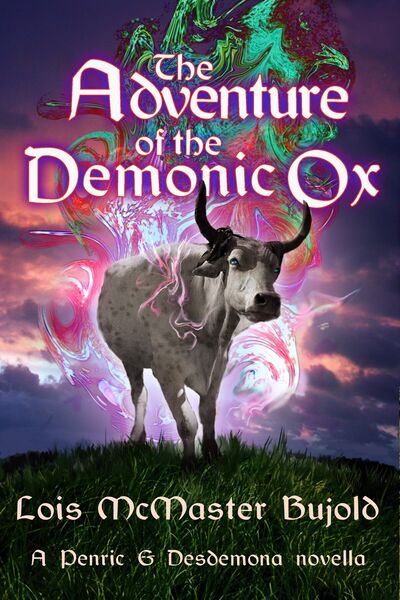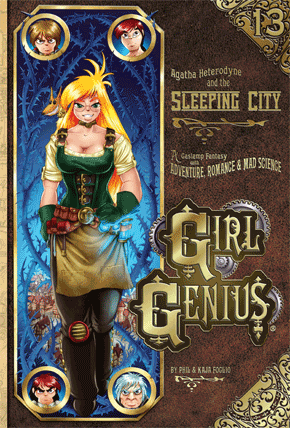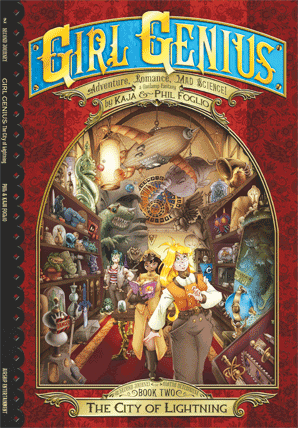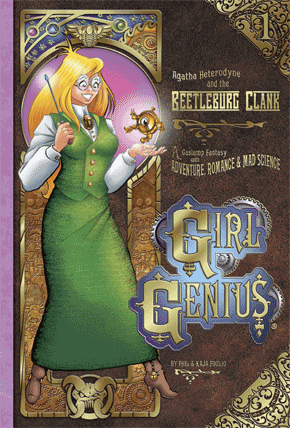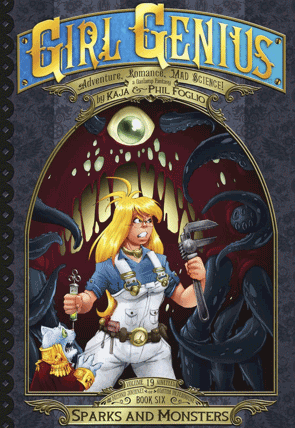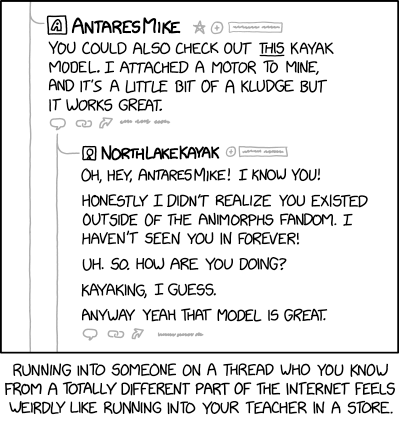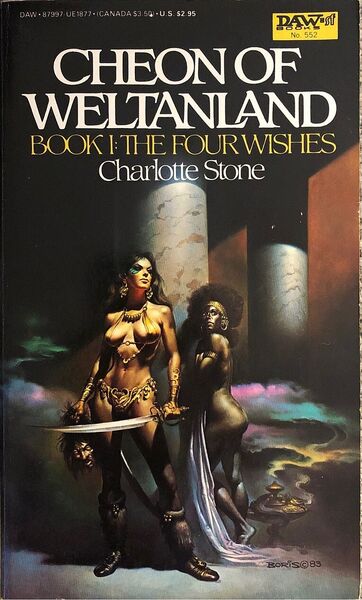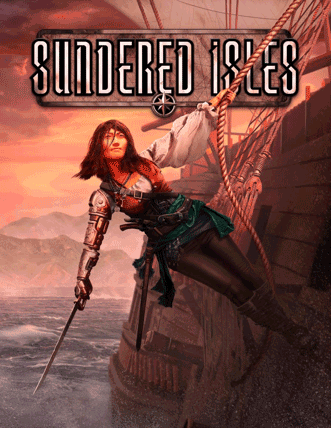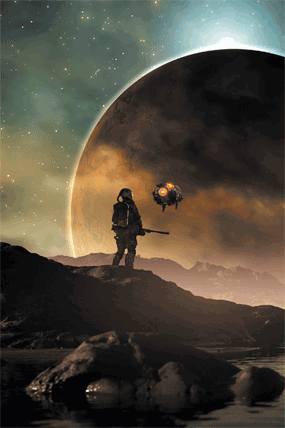https://api.follow.it/track-rss-story-click/v3/jGd80SoQARXKQzw50xSfd1LPkkT0UC0-

If you want to explore the history of generation ships in science fiction, you might start with a story by Don Wilcox. Writing in 1940 for Amazing Stories, Wilcox conceived a slick plot device in his “The Voyage that Lasted 600 Years,” a single individual who comes out of hibernation once every century to see how the rest of the initial crew of 33 is handling their job of keeping the species going. Only room for one hibernation chamber, and this means our man becomes a window into social change aboard the craft. The breakdown he witnesses forces him into drastic action to save the mission.
In a plot twist that anticipates A. E. van Vogt’s far superior “Far Centaurus,” Wilcox has his ragged band finally arrive after many generations at destination, only to find that a faster technology has long ago planted a colony there. Granted, Konstantin Tsiolkovsky had written about generation ships before Wilcox, and in a far more learned way. Fictional precedents like Laurence Manning’s “The Living Galaxy” (Wonder Stories, 1934) and Olaf Stapledon’s Star Maker (1937) imagined entire worlds as stellar wanderers, but we can give Wilcox a nod for getting the concept of generations living and dying aboard a constructed craft in front of the public. Heinlein’s “Universe” wouldn’t appear until 1941, and the generation ship was soon to become a science fiction trope.
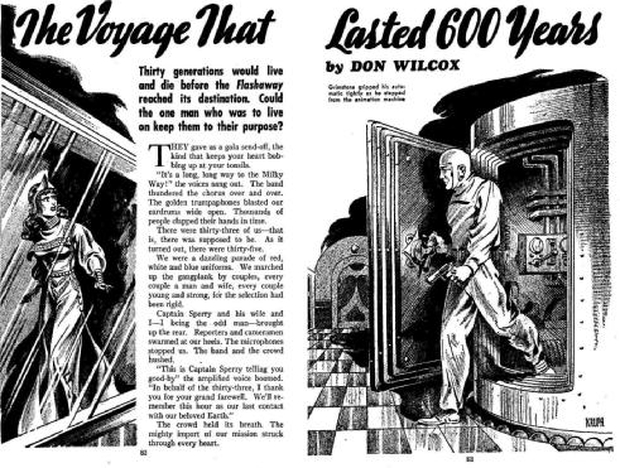
We can hope that recent winners of the generation ship contest for Project Hyperion have produced designs that avoid the decadence and forgetfulness that accompany so many SF depictions. We do, after all, want a crew to reach destination aware of their history and eager to add to the store of human knowledge. And we have some good people working these issues, scientists such as Andreas Hein, who has been plucky enough to have led Project Hyperion since 2011. Working with the Initiative for Interstellar Studies, Hyperion has announced a contest winner that leverages current technologies and speculates in the best science fiction tradition about how they can be extended.

Hein is an energetic visionary, a man who understands that imaginative forays can help us define key issues and sketch out solutions. The winning design is reminiscent of the kind of space habitats Gerard O’Neill advocated, a 58-kilometer multi-layered cylinder dubbed Chrysalis that offers space enough for Earth-like amenities such as grasslands and parks, art galleries and libraries. The notion includes animals, though only as a token of biodiversity in a culinary scene where vegetarianism is the order of the day.
Interstellar Necessities
What intrigues me about the Chrysalis design is that the need for cultural as well as physical survival in a society utterly closed off for centuries is emphasized. Thus Chrysalis offers habitable conditions for 1,000 people plus or minus 500, with care to ensure the handing off of experience and knowledge to future generations, critical both for societal health as well as the maintenance of the ship’s own technologies. This presumes, after all, the kind of closed-loop life support we have yet to prove we can create here on Earth (more on that in a minute). Gravity is provided through rotation of the craft.
Chrysalis is designed around a journey to Proxima Centauri, with the goal of entering into orbit around Proxima b in some 400 years. And here we hit an immediate caveat. Absent any practical means of propelling something of this magnitude to another star at present (much less of building it in the first place), the generation ship designers have no choice but to fall back on extrapolation. As in the tradition of hard science fiction, the idea is to stick rigorously within the realm of known physics while speculating on technologies that could one day prove feasible. This is not intended as a criticism; it’s just a reminder of how speculative the Chrysalis design is given that I keep seeing that 400 year figure mentioned in press coverage of the contest. We might well have said 600. Or 4,000. Or 40,000.
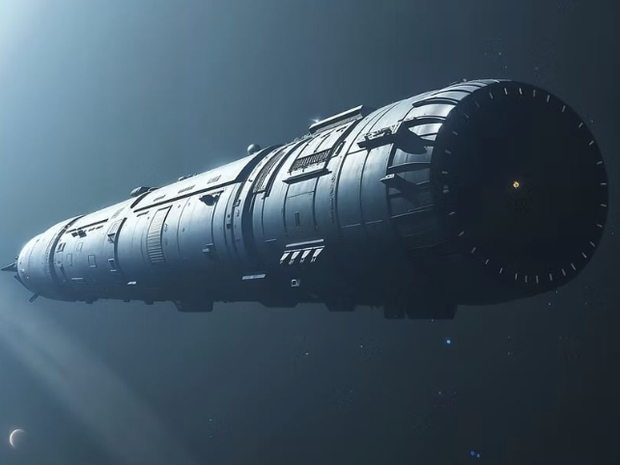
Image: Chrysalis, the Project Hyperion winner. Credit: Project Hyperion/i4IS.
Like the British Interplanetary Society’s Daedalus starship, Chrysalis is envisioned as using deuterium and helium-3 to power up its fusion engines, with onboard power also fed by fusion generators within the ship. The goal is 0.01C with 0.1G acceleration during the acceleration phase and deceleration phase. As to cruise, we learn this about the fusion power sources that will prove crucial:
All Chrysalis power generators consist of toroidal nuclear fusion reactors housed in the hull frame structure and the habitat axial frame structure separating the various stages. The multiple redundancy of the generators for each shell and each stage guarantees a high tolerance to failure in the event of the failure of one or more reactors. The D and He3 liquid propellant is contained in the propellant tank units located in the forward and after interface propellant bays of the habitat module…
Inside Chrysalis
What would it be like to live aboard a generation starship? The Chrysalis report is stuffed with images and ideas. I like the concept of structures designed around capturing what the team calls ‘generational memories.’ These appear to be tall, massive cylinders designed around what can only be called the aesthetics of worldship travel. Thus:
Each treelike structure hosts multi-story and multi-purpose environments [such] as halls, meeting rooms, and other kinds of infrastructure used by all the inhabitants as collective spaces. There are enough of these public environments to have redundant spaces and also to allow each generation to leave a mark on creation (paintings, sculptures, decorations, etc) for future generations…
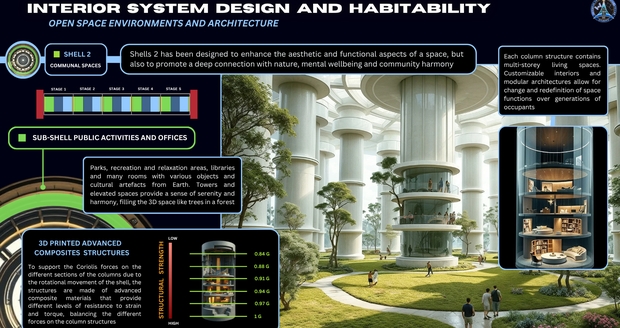
The Chrysalis slide show makes it tricky to capture the extensive interior design in a blog format like this, but I advocate paging through it so you can blow the imagery up for a closer look at the included text. As with some of the O’Neill concepts, there is an almost idyllic feel to some of these vistas. Chrysalis is divided into five sections, and within each section there are levels that rotate to provide artificial gravity. The report refers to Chrysalis as a ‘biome ark,’ saying that within each stage there are two shells for dedicated biomes and one for agricultural food production.
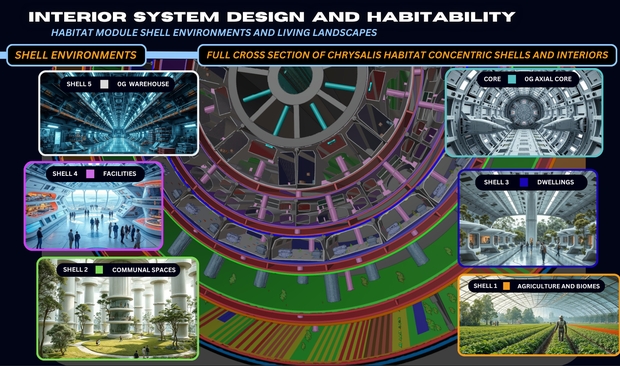
Here, of course, we run into a key problem (and readers of Kim Stanley Robinson’s novel Aurora (2015) certainly get a taste of this conundrum). Let me quote the Chrysalis report, which describes ‘controlled ecological bio-regenerative life support systems (CEBLSS)’:
Through a controlled ecological BLSS all chemicals are recycled and reused in a closed loop ecosystem together with a circular bio-economy system in which all organic wastes from the living environments are reintroduced and composted in the agricultural soils.
The acronym nudges the idea into credibility, for we tend to use acronyms on things we’ve pinned down and specified. But the fact is that closed-loop life support is as big a problem as propulsion when it comes to crafting a ship made to sustain human beings for perhaps thousands of years. The Soviet BIOS-1 and subsequent BIOS projects made extensive experiments with human crews, succeeding with full closure for up to 180 days in one run at Krasnoyarsk, while in the U.S., Biosphere 2 ran into serious problems in CO2 and food production. As far as I know, the Chinese Yuegong-1 experiments produced a solid year of closed ecological life support, although I haven’t been able to verify whether this system was 100 percent closed.
Daily Life Between the Stars
So I think we’re making progress, and the Chrysalis report certainly lays out how we might put closed-loop life support to work on the millennial scale. But all this does make me reflect on the fact that we’ve spent most of our energies in interstellar studies trying to work out propulsion, when we’re still in the early days when it comes to onboard ecologies, no matter how beautifully designed. In the same way, we know how to get a payload to Mars, but how to get a healthy crew to the Red Planet and back is still opaque. We need a dedicated orbital facility studying both near and long-term human physiology in space.
The Chrysalis living spaces are made to order as science fiction settings. Interior walls can be functional screens producing panoramic views from Earth environments to overcome the spatial (and psychiatric) limitations of the craft. The inhabitants are given the capability of continually engineering their own living spaces through customizable 3D printing technologies so that the starship itself can be seen as evolving as the crew generations play out their lives. Individuals are provided with parks and gardens to enhance privacy, no small consideration in such a ship. The authors’ slide show goes into considerable detail on ecology and sustainability, social organization and mental health.
In a lovely touch, the team envisions a ‘Cosmos Dome,’ a giant glassy structure where the plenary council for the mission would transact its business. One gets a goose bump or two here, reminiscent as all this is of, say, the control room in Heinlein’s Orphans of the Sky. Burst in there and you suddenly are reminded of just where you are, with Sol behind and Alpha Centauri ahead.
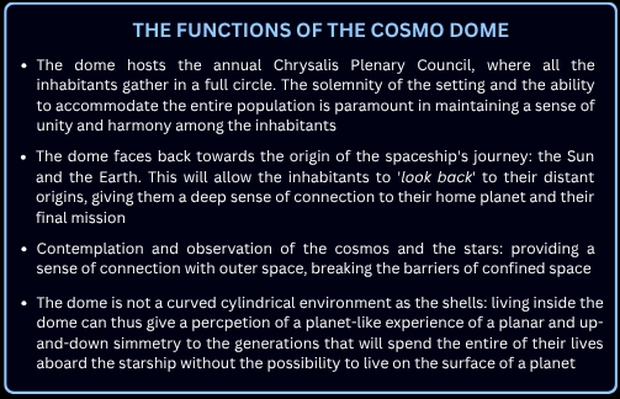
How exactly to select and train a crew, or maybe I should say ‘initial passenger list,’ for such a mission? The Hyperion team’s forays into sociology are curious and almost seem totalitarian. Consider their Antarctic strategy: Three or four generations of crew will live in experimental biospheres in Antarctica…
…to select and monitor all the characteristics that an interstellar population should have. In addition, the creation of a strong group identity and an almost tribal sense of cooperation among the generations of inhabitants is intended to enhance the inter-generational cooperative attitude of the future Chrysalis starship population.
If I’m reading this correctly, it presupposes people who are willing to consign their entire lives to living in Antarctica so that their descendants several generations along can get a berth on Chrysalis. That’s a pretty tough sell, but it emphasizes how critical the suppression of conflict in a tiny population can be. I’m reminded of John Brunner’s “Lungfish,” which ran in the British SF magazine Science Fantasy in 1957 (thanks to Elizabeth Stanway, whose “Journey of (more than) a Lifetime” covers generation ship fictional history well). Here the descendants have no interest at all in life on a planet. As Brunner says:
These had been children like any other children: noisy, inquisitive, foolhardy, disobedient…. And yet they had grown up into these frighteningly self-reliant people who could run the ship better than the earthborn any time they put their minds to it, and still refused to take the initiative.
Definitely an outcome to be avoided!
Language and Stability
The Chrysalis team describes their crew’s mental stability as being enhanced by many reminders of their home:
Chrysalings will also be able to take walks within the different terrestrial biomes of Shell 1 to be in contact with natural elements and plants of the terrestrial biosphere. In Shell 2 there will be opportunities to do concerts, experience theater activities, access ancient Earth materials (books, art objects, etc.), make crafts and other handmade hobby activities. Shell 2 is the real beating heart of the society, where people come together and can freely co-create new cultures and ideas. Thanks to the use of recyclable materials with which the buildings were constructed, residents can also decide to recreate new architectural forms with different shapes and spaces more suitable to their cultural style.
I think the linguistic notion here is quite a reach, for the team says that to avoid language problems, everyone on board the spacecraft will speak a common initial artificial language “used and improved by the Antarctic generations in order to render it a natural language.” And a nod to Star Trek’s holodeck:
The inhabitants may also occasionally decide to meet in simulated metaverses through a deep integration system for cyberspace…to transcend the physical barriers of the starship and experience through their own twin-avatar new worlds or simulations of life on Earth.

Image: The people behind Chrysalis. Left to right: Giacomo Infelise (architect/designer), Veronica Magli (economist/social innovator), Guido Sbrogio (astrophysicist), Nevenka Martinello (environmental engineer/artist), Federica Chiara Serpe (psychologist). Team Chrysalis.
Anyone developing a science fiction story involving generation ships will want to work through the Chrysalis slide show, as the authors leave few aspects of such a journey untouched. I’ve simply been cherry-picking items that caught my eye out of this extensively developed presentation. If we ever become capable of sending humans and not just instruments to nearby stars, we’ll have to have goals and aspirations firmly fixed, and compelling reasons for sending out an expedition that will have no chance of ever returning. Just defining those issues alone is subject for investigations scientific, medical, biological and philosophical, not to mention the intricate social issues that humans pose in closed environments. Chrysalis pushes the discussion into high relief. Nice work!

https://api.follow.it/track-rss-story-click/v3/jGd80SoQARXKQzw50xSfd1LPkkT0UC0-
